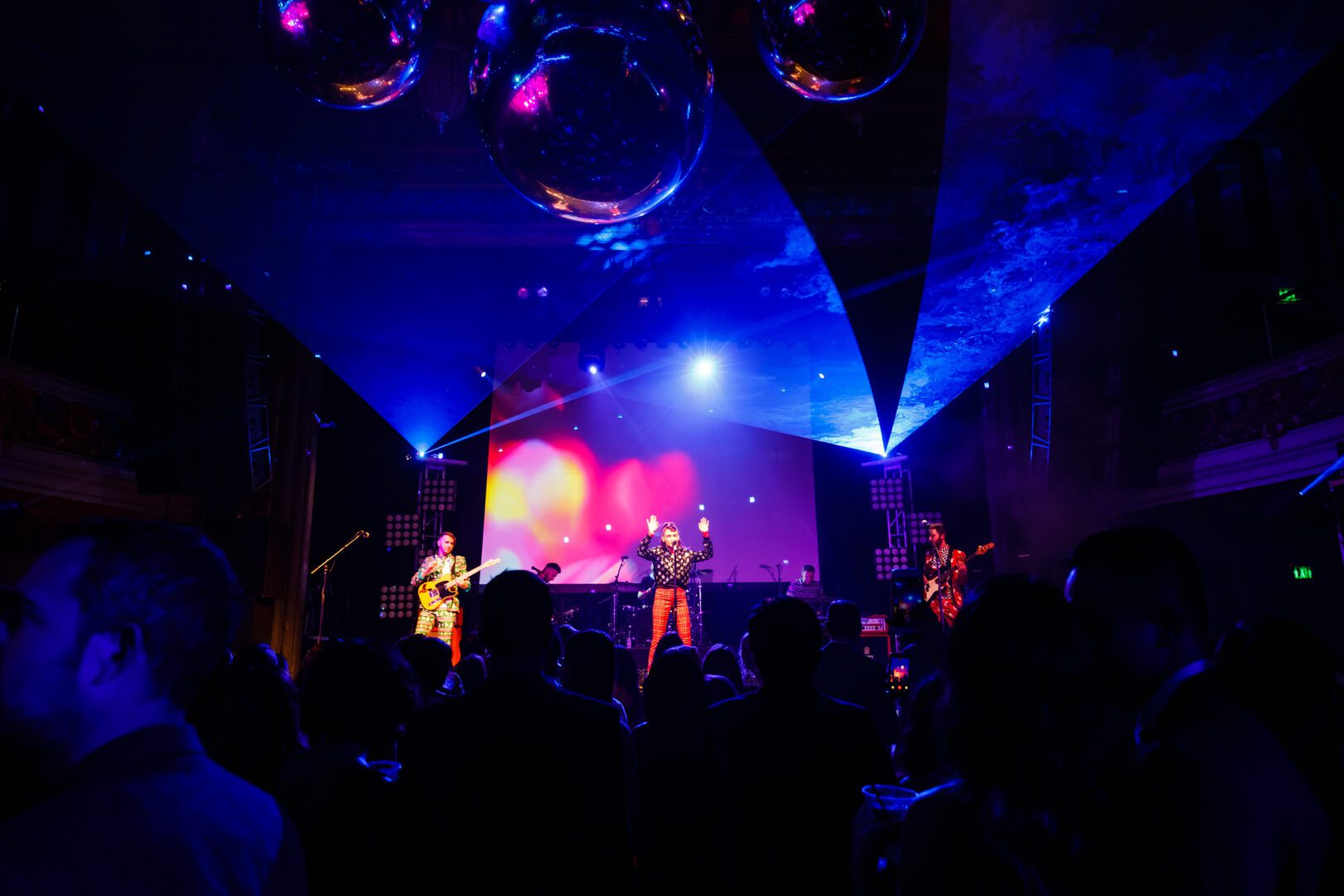Conquering Challenges in the Art of Visual Image Projection Mapping Implementation
Wiki Article
Visual projections mapping is an innovative technology that converts common surfaces into engaging displays. This method enables creators and design professionals to cast images and videos onto objects like structures, sculptures, or stages, creating an immersive visual experience. However, despite its capabilities, executing video projection mapping effectively comes with several obstacles. Understanding and addressing these obstacles is essential for anyone looking to create memorable projection art.
One of the primary challenges in video projection mapping is ensuring that the displayed image matches perfectly with the surface. This procedure, known as "mapping," requires accurate calculations and calculations. If the display is not aligned correctly, the visuals can appear warped or off. To address this issue, artists often use dedicated software that helps in mapping the visuals to the object's size. Moreover, conducting comprehensive tests before the ultimate projection can help identify any discrepancies and enable for modifications to be made.

Another significant obstacle is the different brightness and color of the displayed images. Different materials react differently to light, which can affect how the colors look once cast. For instance, a pale surface will bounce brightness differently than a deep one. To tackle this, creators must consider the material properties before choosing the colors and brightness for their displays. Testing the projection on the actual surface during the planning phase can provide essential insights into how the ultimate presentation will look.
Technological issues can also pose a hurdle in video projection mapping. Problems such as equipment failure, software glitches, or network issues can browse around here interfere with the entire project. To reduce these risks, it is essential to conduct comprehensive equipment checks and have contingency plans in place. This can include having additional cables, projectors, and even alternative software options ready to go. Being ready for technical issues can ensure a smoother implementation of the projection.
Finally, viewers' engagement is an essential aspect of video projection mapping. While the graphics are critical, how the viewers interact with the display can make a significant difference. Artists must think visit this site about how to design their projections to attract viewers’ focus and encourage interaction. This can involve incorporating elements that invite participation or create a narrative that resonates with the viewers. Gathering input from test viewers can also help enhance the presentation to enhance engagement.
In conclusion, addressing challenges in video projection mapping demands careful preparation and creativity. By addressing the challenges of alignment, luminosity, technological problems, and viewer engagement, artists can create stunning and effective projections. With the right strategies in place, video projection mapping can transform ordinary spaces into remarkable encounters, captivating viewers and leaving a memorable impression.